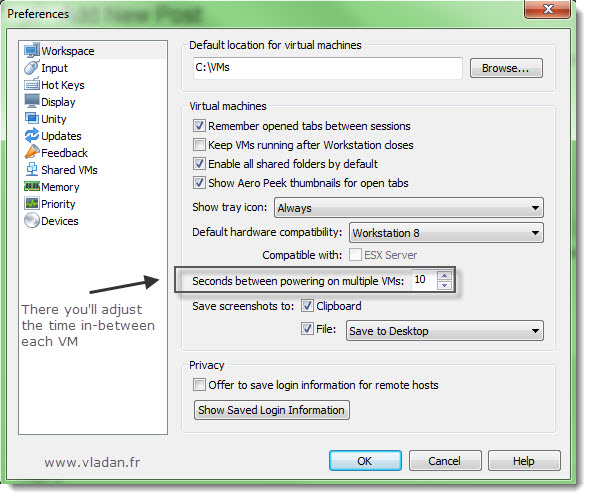

The below example uses a minimal resource allocation, as it’s being run on a laptop. A good rule of thumb is to assign it half the total amount of available vCPU cores and physical RAM available in your PC. You can adjust the settings later using the GNS3 GUI. However, if you want to run large topologies with many devices, more CPU cores and RAM are recommended. GNS3 recommends a minimum of 1 vCPU core and 2GB RAM. You’ll need to refer to the relevant documentation of the antivirus suite you run, in order to perform this step.

Click 'Next'.Ī connection validation screen will appear: Selecting the 127.0.0.1 local loopback address tends to be the most trouble-free option to use as a host binding, but the dropdown menu does contain additional options.
%2Bby%2BMAZTERIZE.png)
For a Local Server (Dynamips) configuration click here.Įven though you’ll be using the GNS3-VM to perform the “heavy lifting” of running your VMs/images/containers, it’s still necessary to configure the local server settings in GNS3 before proceeding with the remaining process of configuring the GNS3-VM.Įnsure that the path to the gns3server executable is correct (typically C:\Program Files\GNS3 in a default installation), and select a Host binding and Port. This guide explains the Local GNS3 VM server configuration. Configure GNS3 to use an additional remote server.

How to use applications with the GNS3 Web interface.Install an appliance from the GNS3 Marketplace.


 0 kommentar(er)
0 kommentar(er)
